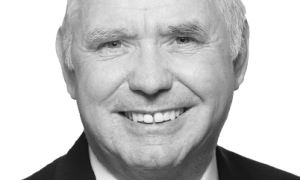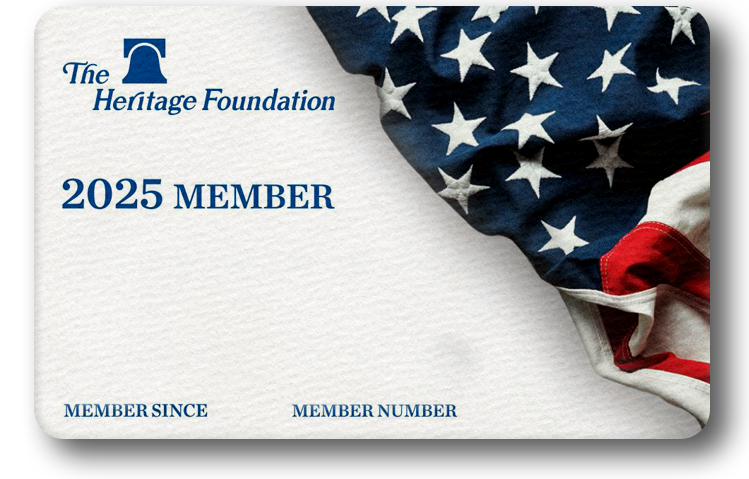People should be told upfront what they will be charged for medical services. So why do so many Americans suffer sticker shock when the bill arrives?
The main problem is that America’s health care markets are highly concentrated. This limits consumer choice, as well as plan and provider competition.
Thankfully, policies to promote greater health care price transparency are garnering rare bipartisan support in Washington. The Biden administration has already embraced the Trump administration’s groundbreaking hospital and health insurance transparency initiatives. The House Energy and Commerce Committee recently approved major price transparency legislation H.R. 3561 jointly sponsored by Rep. Cathy McMorris Rogers (R-Wash.) and Rep. Frank Pallone (D-N.J.). Likewise, the House Ways and Means Committee recently held a major hearing on the topic.
Knowing the price of a medical service or procedure- and being able to easily access and compare the prices of different medical professionals offering those procedures- is real progress. But more needs to be done. To secure the savings and health benefits of choosing efficient, high-quality care, patients must be able to act directly on that information.
>>> Health Care Price Transparency: A Patient’s Right to Know
One area where Congress can do more: Expand people’s options for private health insurance. The overwhelming majority of Americans enrolled in private health plans, get their coverage through their employer’s plan. If a covered employee in a group health plan chooses the “shoppable” services of a cost-effective medical professional or hospital, the savings accrue to the employer who owns the health insurance plan, not the employee who is enrolled in it. So, there is little or no economic incentive for the employee to choose a cost-efficient medical provider.
Too many employees unthinkingly treat employer-sponsored health insurance as a ‘free” good that automatically comes with the job or believe that the employer somehow “pays” for their coverage- and not them. So, there is little point in considering the cost. In fact, however, virtually every increase in health benefits at work represents a corresponding decrease in wages and other compensation. And current health insurance arrangements foreclose workers’ opportunities to secure personal savings from their health care decisions.
Rather than being passive recipients of corporate decisions, patients should have the chance to engage directly and decide on their health care cost and quality options. Congress could take two steps to promote patient engagement and permit price conscious decision-making in health care.
First, Congress could authorize a “shared savings” option in both the group and the individual health insurance markets. The goal would be to align and harness the economic incentives of patients and insurers to secure financial savings. Patients who choose a lower-cost coverage option would get a share of the savings—as either a tax-free rebate or a deposit into a tax-free health savings account (HSA). (The deposit would be exempt from annual HSA contribution limits). The cash rebates would be classified as “benefit” payments, allowing insurers to avoid administrative penalties.
Second, Congress should expand the opportunity to own health savings accounts (HSAs). Analysts with the American Academy of Actuaries note that people with high-deductible plans, such as HSAs, are “very price sensitive” and may be “avid users of new price transparency tools.” The existing restrictions on these personal accounts, including caps on how much patients can put aside annually, are costly and irrational. They encourage a much heavier reliance on reimbursement from insurers bureaucratic claims processing systems than is necessary.
>>> How Congress Can Help Open Up America’s Healthcare Markets
To accomplish this goal, lawmakers should take three steps. First, they should allow any American with health insurance to have such an account, not just those who sign up for high-deductible health plans.
Second, they should clarify that HSA funds can be used to pay for membership in direct primary care programs, facilitating stable patient relationships with primary care physicians. Indeed, Republican Sens. Bill Cassidy of Louisiana and Tim Scott of South Carolina have joined Democratic Sens. Jeanne Shaheen of New Hampshire and Mark Kelly of Arizona in proposing legislation to do just that.
Finally, Congress should allow patients to increase their yearly HSA tax -free contributions up to the out-of- pocket cost limits established under the Affordable Care Act of 2010: $9,100 for individual coverage and $18,200 for family coverage. Today, individuals can set aside only $3,850, and families only $7,750.
Progress in price transparency will intensify competition among health plans and hospitals and medical professionals. It will stimulate innovation in health plan benefits and providers’ care delivery and fuel popular demand for information on hospital performance and medical professionals’ capacity to deliver high quality care and better patient outcomes.
In short, price transparency is key to securing better value for Americans’ health care dollars. Patients win.
This piece originally appeared in RealClear Health




